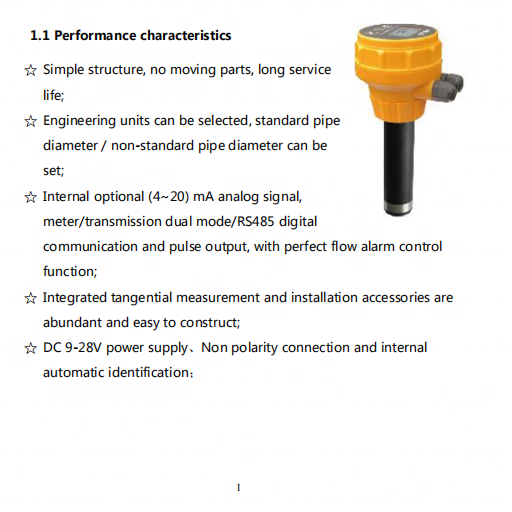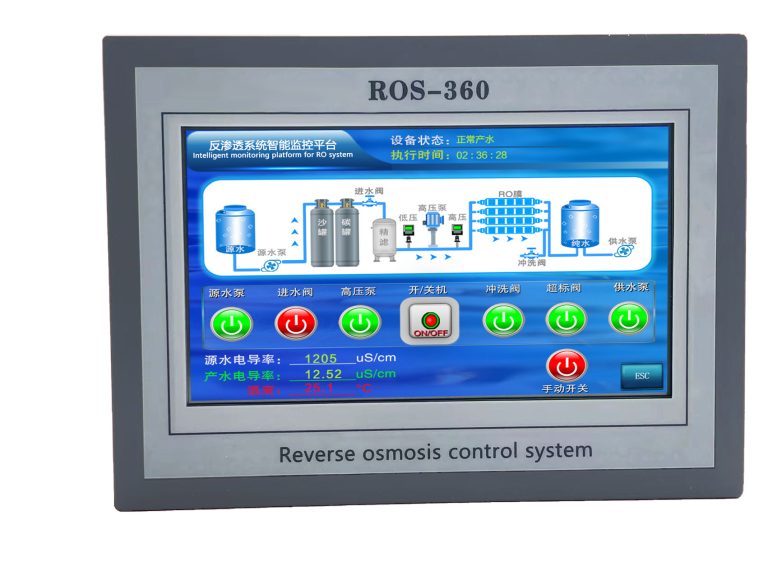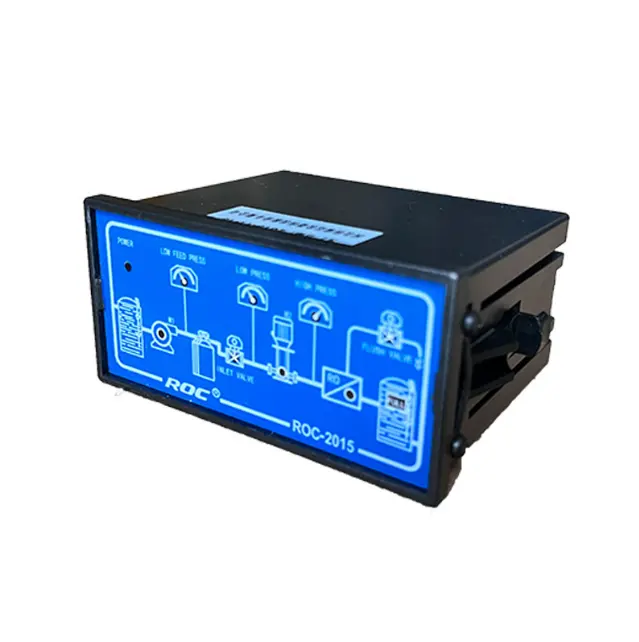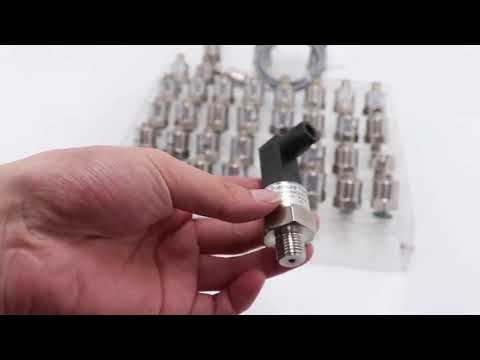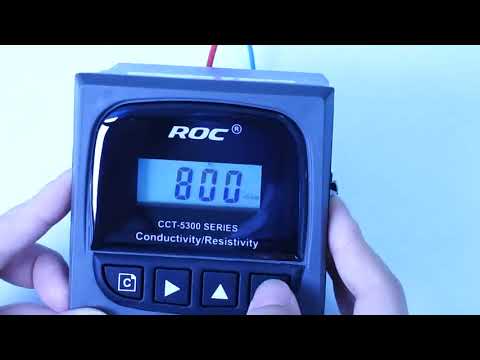Understanding the Importance of Turbidity Sensors in Water Quality Monitoring
Water quality monitoring is a crucial aspect of ensuring the safety and health of our water supply. One key parameter that is often measured in water quality monitoring is turbidity. Turbidity refers to the cloudiness or haziness of a fluid caused by suspended particles. These particles can include sediment, algae, bacteria, and other contaminants that can affect the quality of the water. To measure turbidity accurately, turbidity sensors are used.
Turbidity sensors are devices that measure the amount of light scattered or absorbed by particles in the water. The sensor emits a light beam into the water sample, and the amount of light that is scattered or absorbed is detected by a photodetector. This information is then converted into a turbidity reading, which is typically expressed in nephelometric turbidity units (NTU).

| Model | CM-230S Ecomonical conductivity monitor |
| Range | 0-200/2000/4000/10000uS/cm |
| 0-100/1000/2000/5000PPM | |
| Accuracy | 1.5%(FS) |
| Temp. Comp. | Automatic temperature compensation based on 25\\u2103 |
| Oper. Temp. | Normal 0\\uff5e50\\u2103; High temp 0\\uff5e120\\u2103 |
| Sensor | Standard:ABS C=1.0cm-1 (others are optional) |
| Display | LCD Screen |
| Zero Correction | Manual correction for low range 0.05-10ppm Set from ECO |
| Unit Display | uS/cm or PPM |
| Power | AC 220V\\u00b110% 50/60Hz or AC 110V\\u00b110% 50/60Hz or DC24V/0.5A |
| Working Environment | Ambient temperature:0\\uff5e50\\u2103 |
| Relative humidity\\u226485% | |
| Dimensions | 48\\u00d796\\u00d7100mm(H\\u00d7W\\u00d7L) |
| Hole Size | 45\\u00d792mm(H\\u00d7W) |
| Installation Mode | Embedded |
One of the key benefits of using turbidity sensors in water quality monitoring is their ability to provide real-time data. By continuously monitoring turbidity levels, water treatment plants and environmental agencies can quickly detect changes in water quality and take appropriate actions to address any issues that may arise. This proactive approach can help prevent waterborne diseases and ensure that the water supply remains safe for consumption.
Turbidity sensors are also valuable tools for assessing the effectiveness of water treatment processes. By measuring turbidity levels before and after treatment, operators can determine how well the treatment process is removing suspended particles from the water. This information can be used to optimize treatment processes and ensure that water quality standards are met.
In addition to monitoring drinking water quality, turbidity sensors are also used in a variety of other applications. For example, they are commonly used in wastewater treatment plants to monitor the efficiency of treatment processes and ensure compliance with regulatory standards. Turbidity sensors are also used in environmental monitoring to assess the impact of human activities on water quality in rivers, lakes, and coastal areas.
Another important application of turbidity sensors is in the monitoring of industrial processes. Many industries produce wastewater that contains suspended particles, chemicals, and other contaminants that can harm the environment if not properly treated. By using turbidity sensors to monitor the quality of their wastewater, industries can ensure that they are meeting regulatory requirements and minimizing their impact on the environment.
Overall, turbidity sensors play a critical role in water quality monitoring by providing accurate and timely data on the presence of suspended particles in water. By monitoring turbidity levels, water treatment plants, environmental agencies, and industries can ensure that water quality standards are met, protect public health, and preserve the environment. As technology continues to advance, turbidity sensors will likely become even more sophisticated and reliable, further enhancing their value in water quality monitoring efforts.

